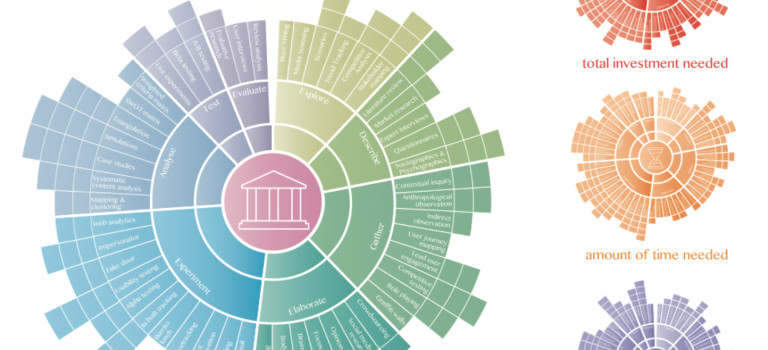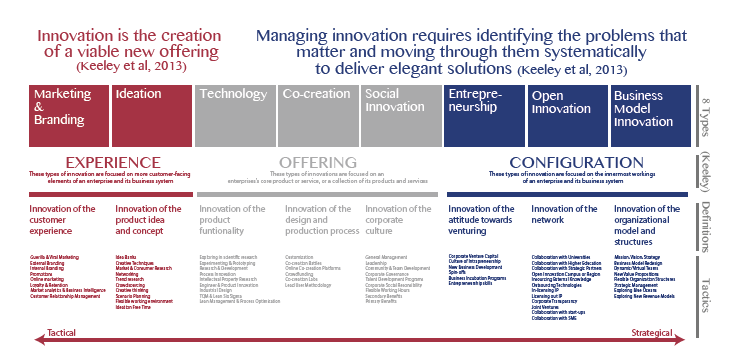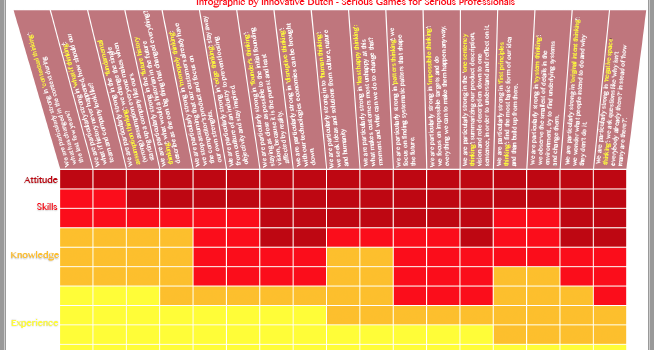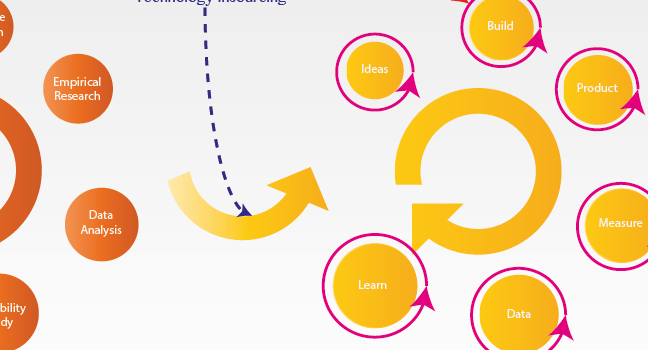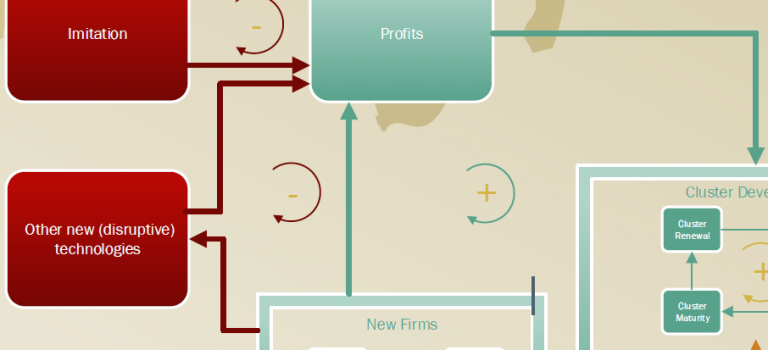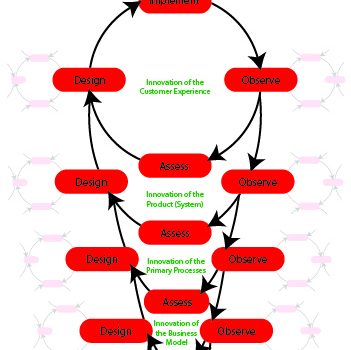This article is an extended book review of The Quest for Professionalism of George Romme, a 2016-published book by Oxford University Press. The book is a one-of-a-kind taking a much needed reflective approach to leadership and a critical note towards the level of professionalism that many of us are approaching the science of management and entrepreneurship with. His work is exceptional, because it integrates major scientific perspectives on management from a holistic point-of-view without getting too descriptive. The book chooses a slightly philosophical approach without getting too abstract. The book takes a slightly life-work approach without giving too much self-credit.
Read more
